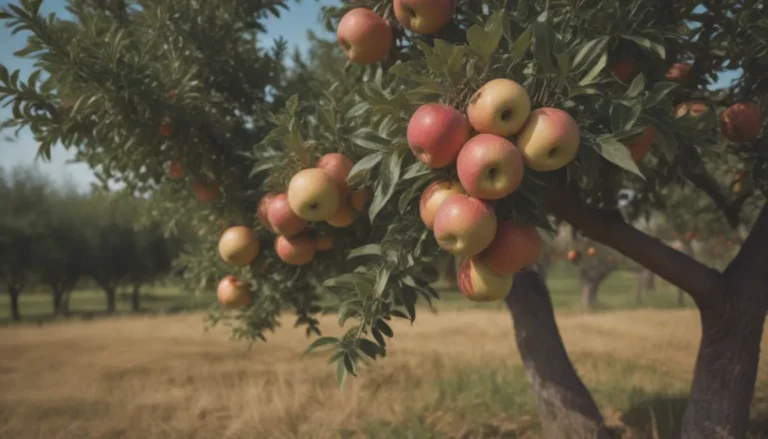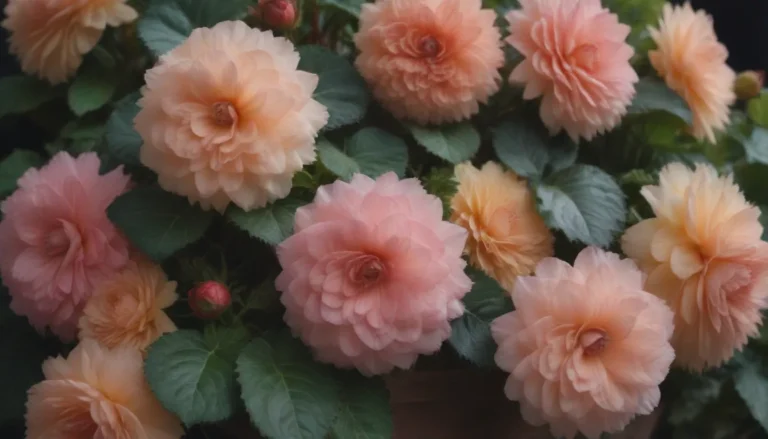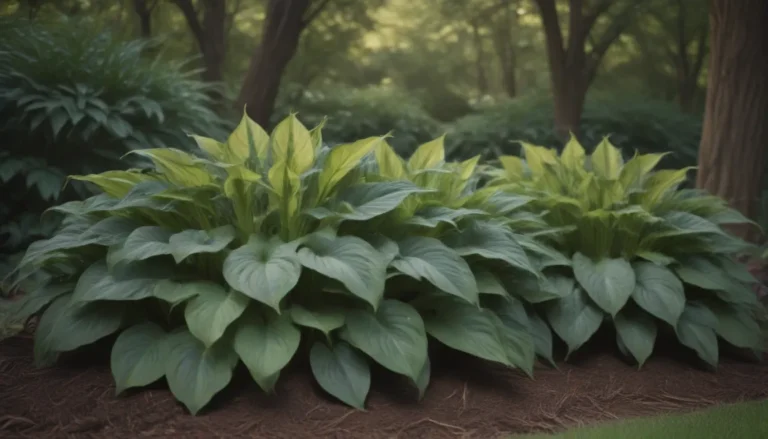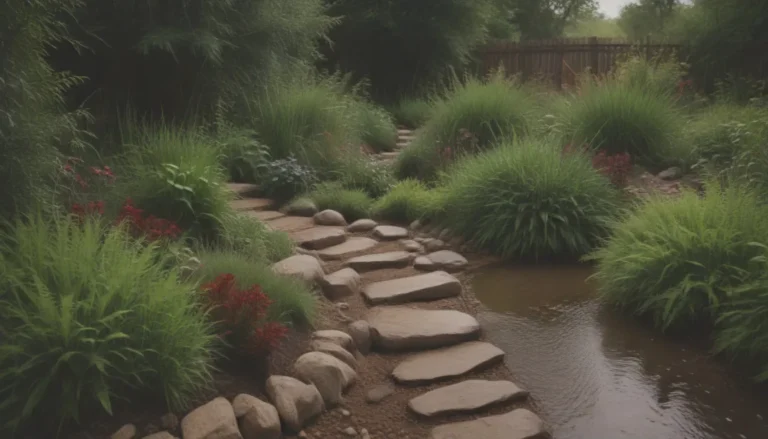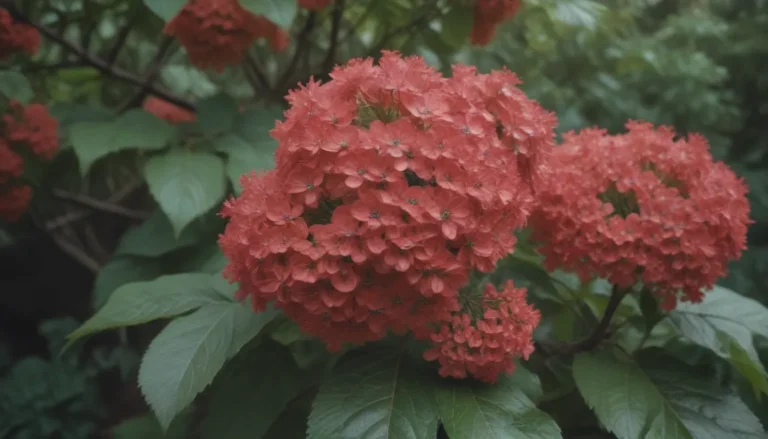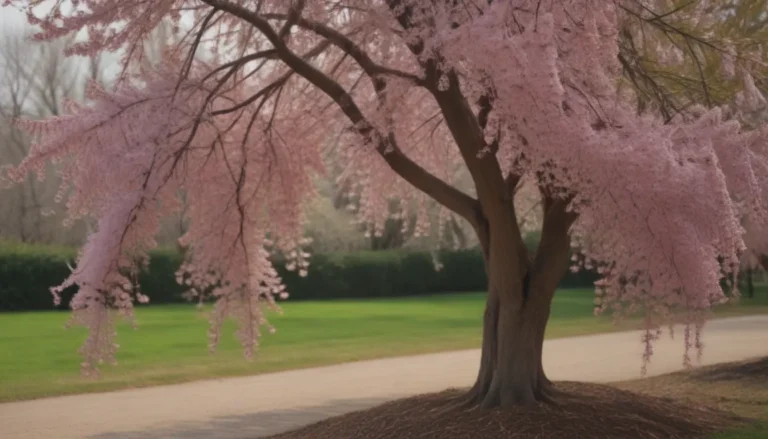Comprehensive Guide to Growing and Caring for Bird’s Nest Ferns
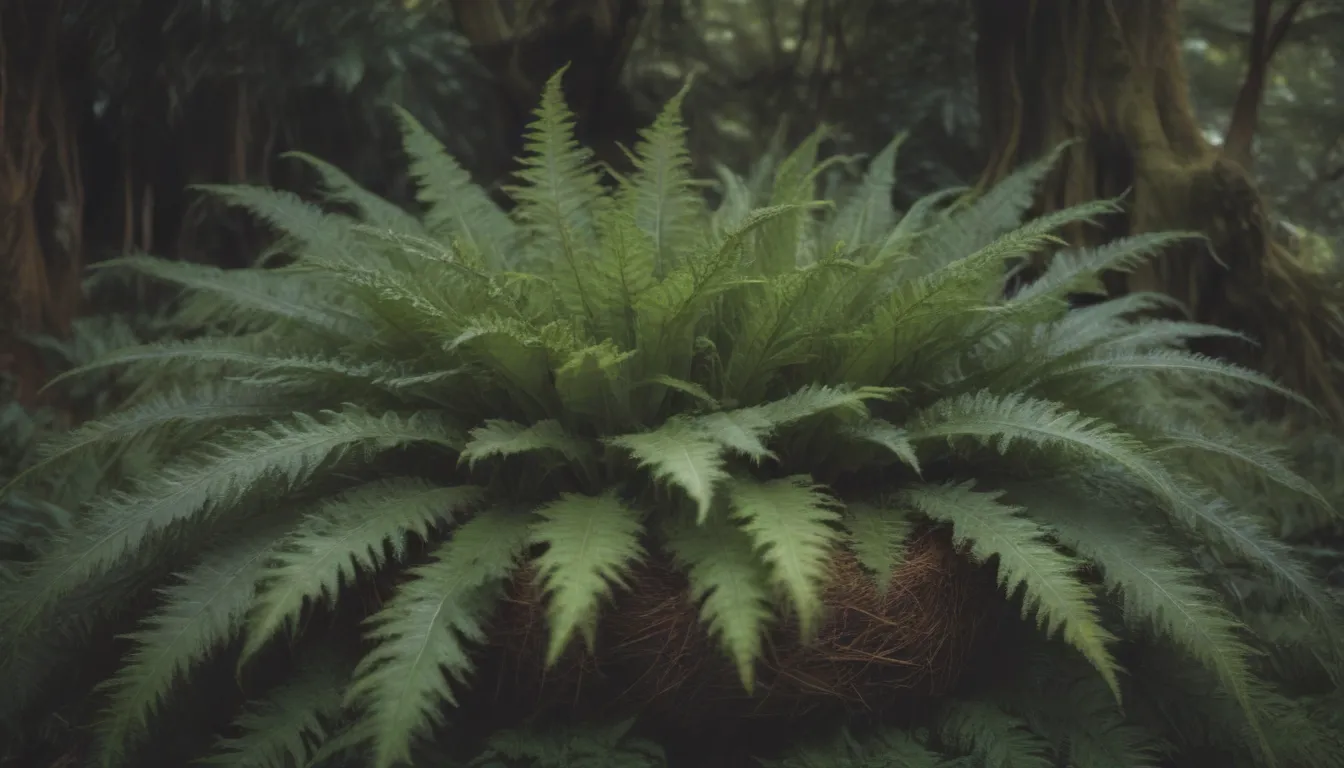
Are you looking to add some greenery to your indoor space while also enjoying the beauty of a unique plant? Look no further than the bird’s nest fern (Asplenium nidus). These fascinating ferns are not only visually appealing with their long, bright green fronds but also relatively easy to care for with the right knowledge. In this comprehensive guide, we will explore everything you need to know about growing and caring for bird’s nest ferns to ensure they thrive in your home.
Understanding Bird’s Nest Ferns
Before diving into the care tips, let’s take a closer look at what makes bird’s nest ferns unique. These epiphytic plants grow on the surface of other plants in their native rainforest habitats. They have long, erect fronds that emerge from a central rosette, giving them a distinctive look compared to other ferns. One interesting feature of bird’s nest ferns is their lance-shaped fronds that can develop gentle ripples under sufficient light.
Bird’s Nest Fern Care Tips
Light
Bird’s nest ferns thrive in filtered sunlight to partial shade, making them ideal for indoor environments. Direct sunlight can be harmful, so it’s best to place your fern near an east- or north-facing window. Providing the right amount of light is crucial for the plant’s overall health and growth.
Soil
These ferns prefer loose, well-aerated soil rich in organic matter with good drainage. A peat-based potting mix works well for container-grown bird’s nest ferns. Ensuring the right soil composition will help prevent issues like root rot and ensure the plant’s roots have access to essential nutrients.
Water
Consistent soil moisture is key to keeping your bird’s nest fern happy. Water the plant whenever the top inch of soil feels dry, but be careful not to let it sit in soggy soil. Direct water at the soil rather than the center of the plant to avoid mold growth. Remember that overwatering can be just as harmful as underwatering for these ferns.
Temperature and Humidity
Maintaining a stable temperature between 60 and 80 degrees Fahrenheit is ideal for bird’s nest ferns. These plants thrive in high humidity environments, such as bathrooms or terrariums. If your home lacks humidity, consider using a humidifier to create a more suitable environment for your fern.
Fertilizer
During the growing season (spring through early fall), feed your bird’s nest fern with a balanced liquid fertilizer diluted to half strength once a month. Avoid direct contact with the plant’s foliage when applying fertilizer, as it can cause leaf burn. Pause feeding in the fall and resume in the spring for optimal growth.
Types of Bird’s Nest Fern
There are several varieties of bird’s nest ferns, each with unique leaf shapes that add variety to your indoor garden. Some popular varieties include:
- Asplenium nidus ‘Crispy Wave’:
- Asplenium nidus ‘Osaka’:
- Asplenium nidus ‘Antiquum’:
- Asplenium nidus ‘Victoria’:
Pruning
Regular pruning is not necessary for bird’s nest ferns, but removing dead or dying leaves can help maintain the plant’s appearance. Use sharp, sterilized scissors or pruners to trim back any unhealthy foliage. This simple maintenance task can promote new growth and keep your fern looking its best.
Propagating Bird’s Nest Fern
While propagating bird’s nest ferns can be challenging for beginners, it is possible with patience and the right technique. Propagation typically occurs via spores found on the undersides of fronds. When propagating your fern, look for plump, fuzzy spores, which indicate they are ready for propagation. Here’s a simple guide to propagating bird’s nest fern via spores:
- Identify mature spores on the fronds.
- Collect the spores and prepare a suitable growing medium.
- Plant the spores and provide adequate moisture for germination.
- Wait for new ferns to grow from the spores, then transplant as needed.
Potting and Repotting
Proper potting is essential for the health of your bird’s nest fern. Use a container with ample drainage holes to prevent waterlogging the roots. While these ferns do not require frequent repotting, it’s important to transplant them to a larger container when the roots outgrow their current pot. Repotting every two to three years in the spring is generally sufficient to keep your fern thriving.
Common Pests and Plant Diseases
Generally, bird’s nest ferns are resistant to serious diseases and pests. However, they may occasionally attract common houseplant insects like scale. To combat pest issues, opt for natural insecticidal soaps to avoid damaging the delicate foliage of the plant. Regularly inspect your fern for any signs of pest infestations and take prompt action to prevent further damage.
Common Problems With Bird’s Nest Fern
Bird’s nest ferns are relatively hardy, but they can encounter issues due to improper care or environmental conditions. Here are some common problems and solutions to help you keep your fern healthy and thriving:
- Curling Leaves: Insufficient moisture can cause the leaves to curl and develop brown edges. Keep the soil lightly moist and consider using a pebble tray or humidifier to increase humidity around the plant.
- Pale Leaves: Too much sun exposure can lead to yellowing foliage. Monitor your plant’s sunlight exposure and adjust as needed to prevent leaf discoloration.
- Leaves Turning Yellow: Yellowing leaves are often a sign of overwatering. Reduce watering frequency and consider repotting the plant in fresh, well-draining soil.
- Browning Tips: While some browning at the edges of fronds is normal as they age, excessive browning may be caused by drafts. Protect your fern from air conditioning vents and cold drafts to prevent leaf damage.
By addressing these common issues promptly and providing the right care, you can ensure your bird’s nest fern remains healthy and vibrant in your home.
Conclusion
Bird’s nest ferns are versatile and visually striking plants that can thrive indoors with the proper care and attention. By following the tips outlined in this comprehensive guide, you can create an optimal environment for your fern to grow and flourish. Whether you’re a beginner or experienced gardener, bird’s nest ferns offer a unique addition to any indoor garden with their unique appearance and relatively low maintenance requirements. With a little TLC and patience, you can enjoy the beauty of these fascinating ferns in your own home.
